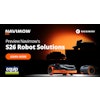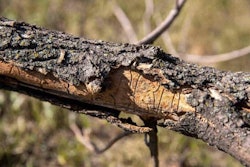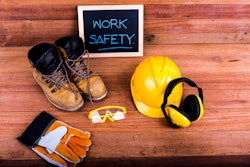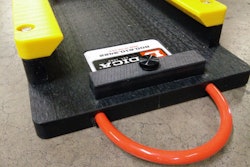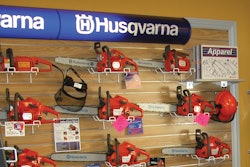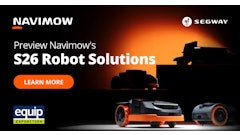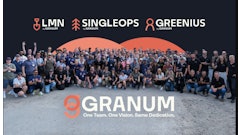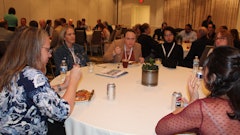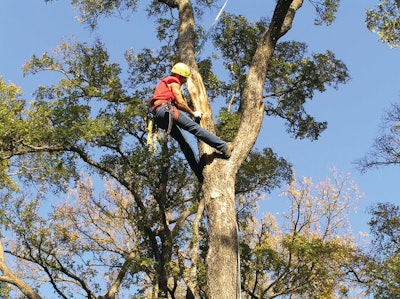
In March 2011, the Virginia Occupational Safety and Health Department (VOSH) adopted a new safety regulation called the Tree Trimming Standard. This new safety standard was developed in response to a growing number of fatalities in the Commonwealth among tree trimmers, arborists and landscapers trying their hand at tree work. The new standard took about three years to develop and was a cooperative venture with the Tree Care Industry Association (TCIA) and several Virginia tree service contractors.
VOSH is a state plan, which means that it operates much the same as OSHA does on a federal level, provided that it equals or exceeds OSHA’s standards. Under the state plan provisions, VOSH can develop new safety standards as it sees fit. In this case, the VOSH safety regulators probably grew weary of attending coroners' inquests for all of the fatalities, and decided that enough was enough.
Components of the standard. The Tree Trimming Standard is a fairly straightforward recitation of accepted safety practices associated with the residential and commercial tree work industry. It was written so as not to conflict with the existing Logging and Land Clearing Standards. Among its major sections:
- Overhead electric line clearance
- Climbing, limbing, directional felling
- Use of bucket trucks, aerial lifts, ladders
- Fall protection and prevention
- Chainsaw safety
- Chippers and stump grinders
- Vehicle and equipment safety
- Traffic and pedestrian controls
- PPE, worker health
- Safety and operator training requirements
Training and compliance. VOSH has made this tree trimming standard an industry-specific regulation, and has included safety practices for most common tasks under one heading. Included in their list of free web-posted documents are bi-lingual training materials, quick information cards, attendance sheets, and certificates of course completion. (Access the full library.)
In the context of a safety standard, this regulation should be viewed as the gold standard for tree trimmers. It addresses all of the typical risks and hazards the industry must deal with, under one heading. It also tries to make compliance easier; the training links are all included in the standard, in English and Spanish, thus removing one of the traditional excuses for not doing the training.
Best practices are applicable to anybody, anywhere
While the new standard is an enforceable safety law in Virginia, we can all learn from it, under the heading of Best Practices. Good safety management would recognize that the absence of a safety regulation in another state does not translate into the non-existence of a hazard. A chipper or stump grinder in Oklahoma is no less hazardous than one in Virginia. Hence, it makes sense to at least review the applicable safety practices and adopt them—usually through a mix of safety training, jobsite controls, and safety leadership from top management.
One approach to learning from the VOSH standard is to select the sections of the law that apply to your organization, and get them in front of your crews at a safety meeting. Be sure to ask for their comments. Very often, employees will make some surprisingly insightful comments.
A couple of elements in particular are universally applicable:
Reverse Signal. The insurance industry lists backing accidents as the No. 2 most common motor vehicle accident (No. 1 is following too close/rear-end collisions). Backing accidents with box trucks towing a chipper can be serious. When there are boots on the ground, they can also be fatal. For this reason, VOSH has included their Reverse Signal standard into the Tree Trimming regulation, and requires a spotter or for the driver to get out and look before backing.
Traffic Control. The same logic applies to the Traffic Control requirement, which is in play anytime work will be done on or around traveled roads. Best Practices tell us to adopt the same logic for parking lots, private areas, residential complexes, etc. Signs, cone spotters and flaggers are included in this part of the standard. Highway work-zone accidents cannot only result in Workers Comp losses, but now there is the third-party loss to contend with as well.
You must invest in safety
These preventive measures are fairly straightforward. Most are not particularly costly either. We should ask ourselves if we plan to be in this business three to five years from now, and if we are, then we should be making the investment in safety. And the VOSH Tree Trimming Standard is a good place to begin.


